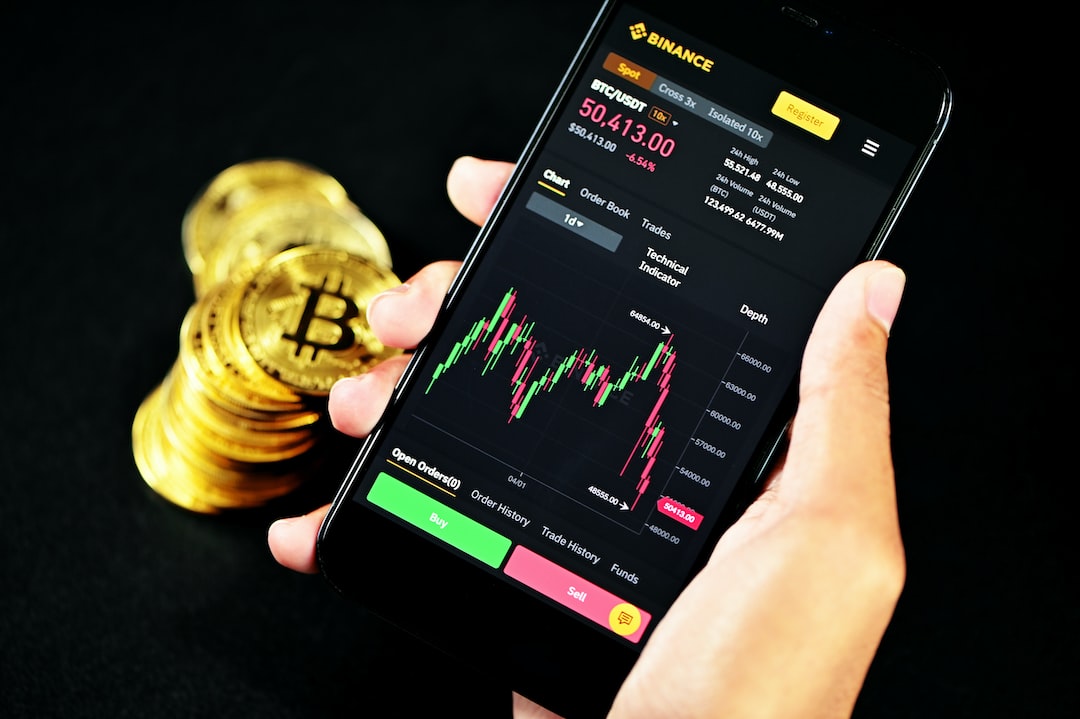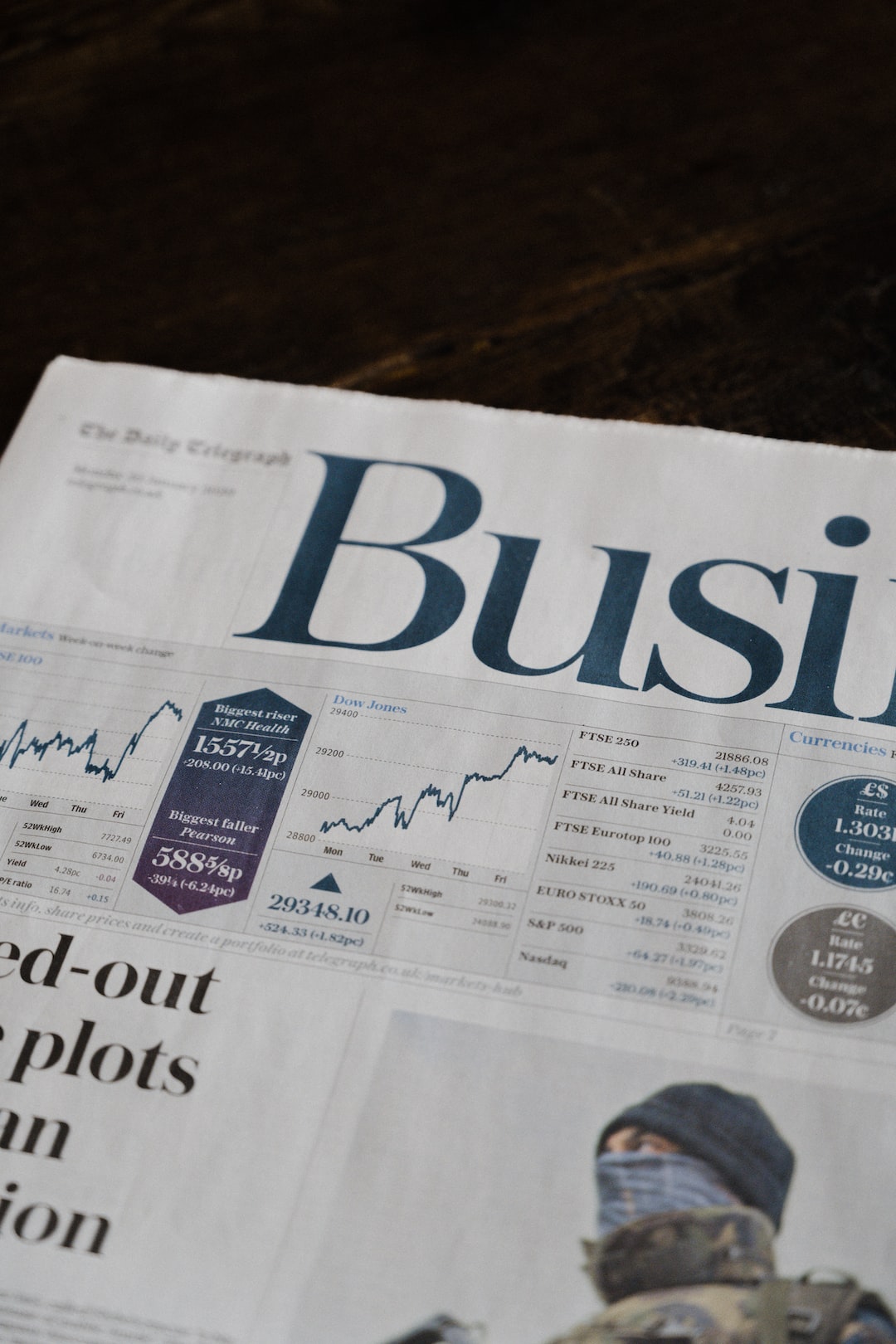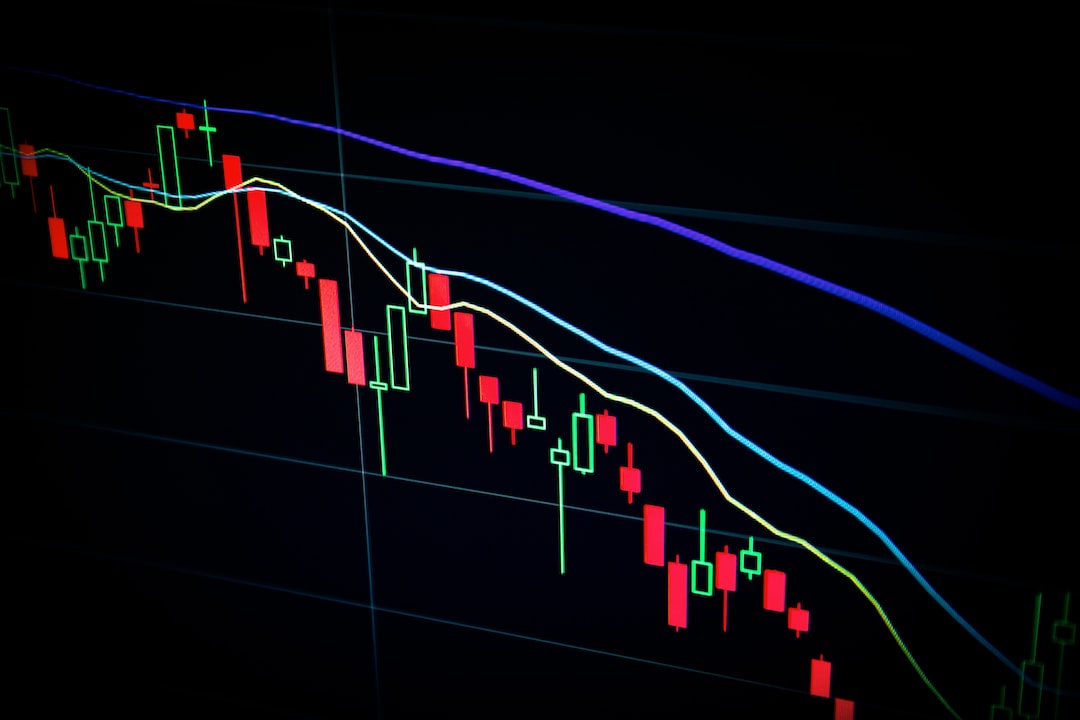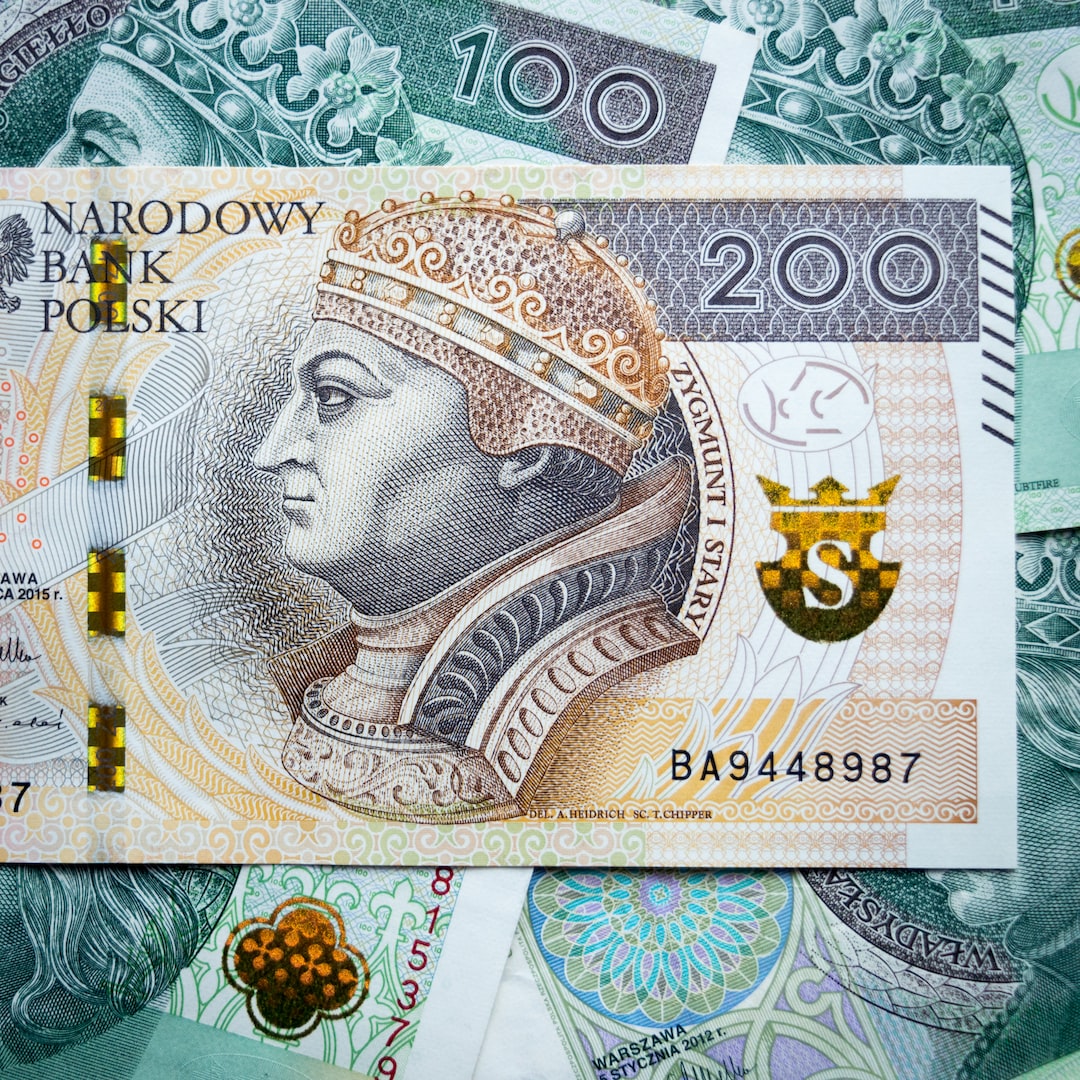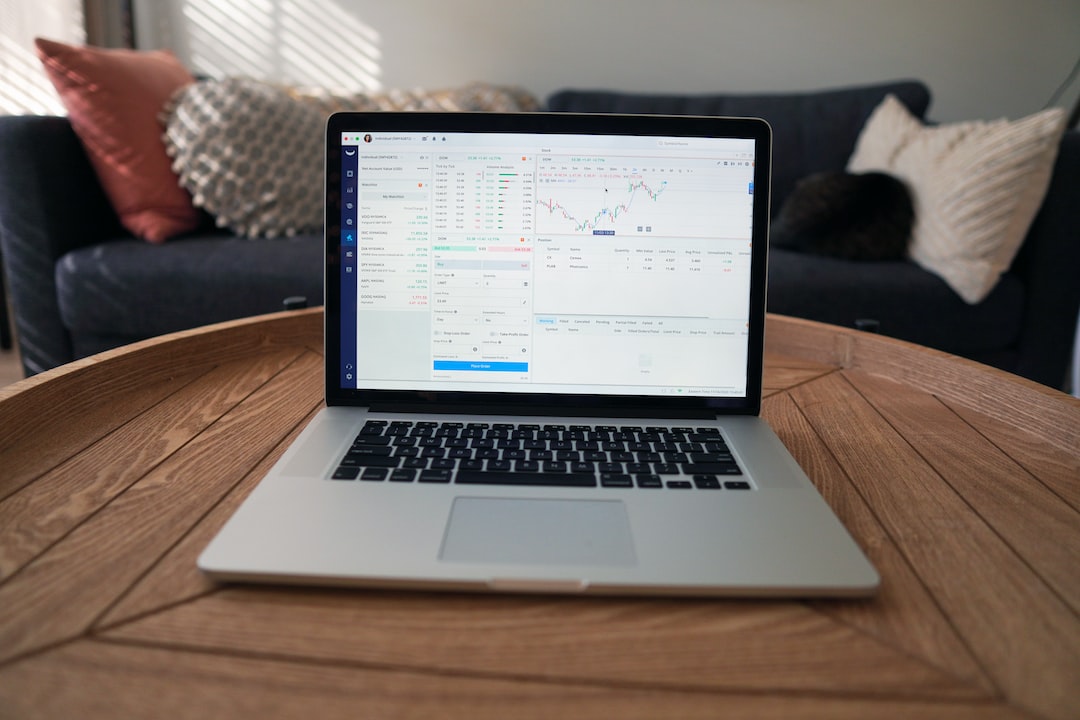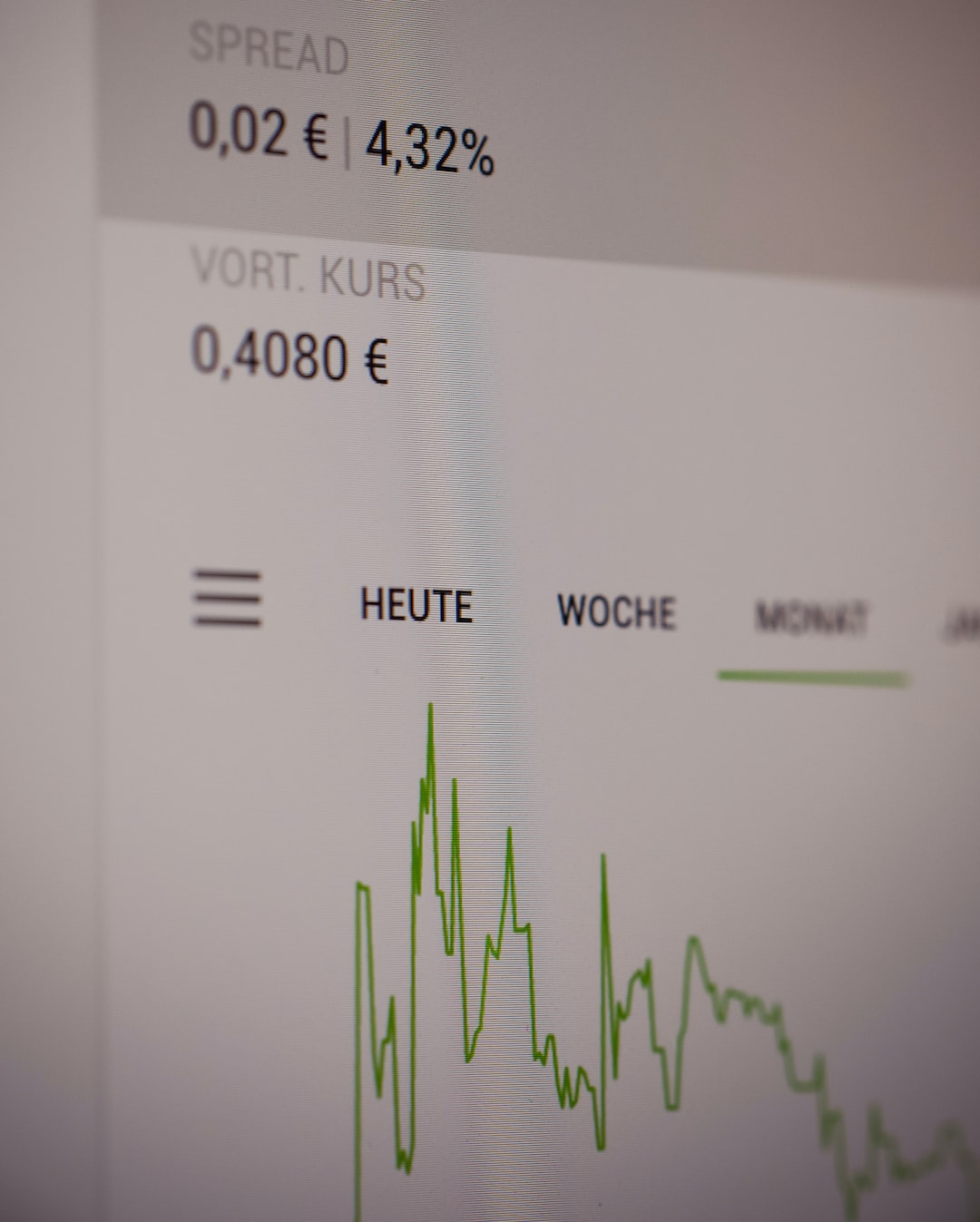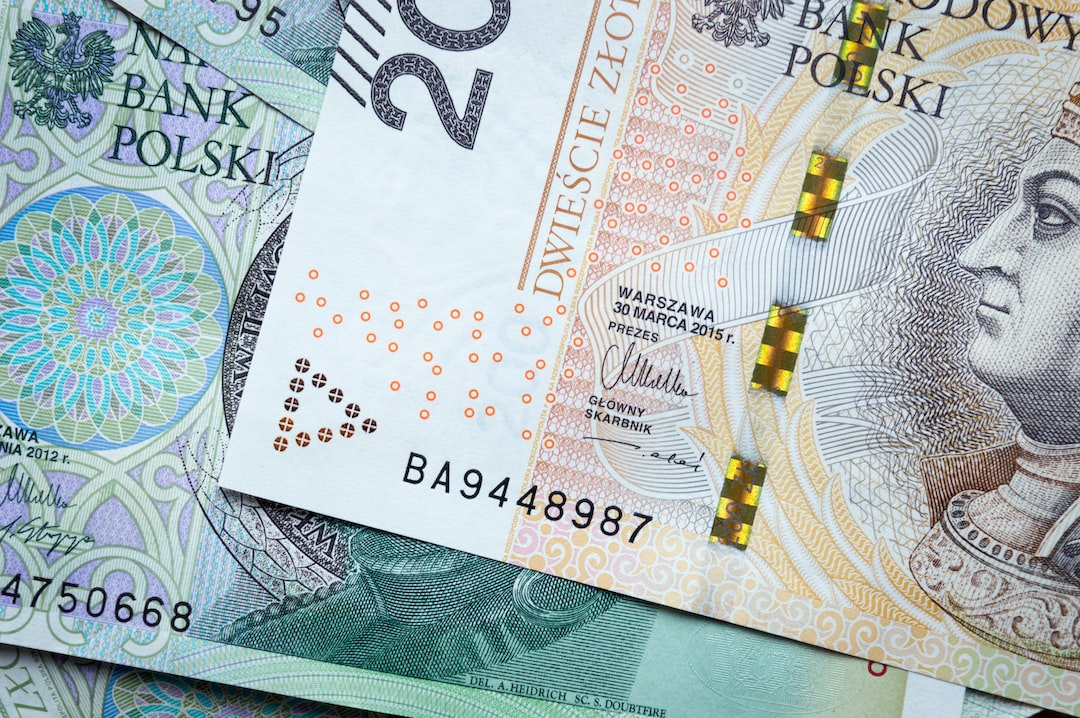How to Analyze Forex Rates on Yahoo and Make Profitable Trades
The foreign exchange market, commonly known as forex, is the largest and most liquid financial market in the world. It provides ample opportunities for traders to make profitable trades by analyzing forex rates. One popular platform for obtaining forex rates and conducting analysis is Yahoo Finance. In this article, we will explore how to effectively analyze forex rates on Yahoo and make profitable trades.
Step 1: Understanding Forex Rates
Before diving into the analysis, it’s essential to have a clear understanding of forex rates. Forex rates represent the relative value of one currency against another. The value of a currency is influenced by various factors, including economic indicators, geopolitical events, and market sentiment. Forex rates are typically quoted in currency pairs, such as EUR/USD or GBP/JPY, where the first currency is the base currency and the second currency is the quote currency.
Step 2: Navigating to Yahoo Finance
To access forex rates on Yahoo Finance, go to the Yahoo homepage and click on the “Finance” tab. From there, click on the “Currencies” tab to view the forex rates. You will see a list of popular currency pairs and their respective bid and ask prices. The bid price is the price at which you can sell the base currency, while the ask price is the price at which you can buy the base currency.
Step 3: Analyzing Forex Rates
Yahoo Finance provides various tools and resources to analyze forex rates. Here are some key features to consider:
1. Interactive Charts: Yahoo Finance offers interactive charts that allow you to plot the historical price movements of currency pairs. You can customize the time period and add technical indicators, such as moving averages or oscillators, to identify trends and potential trading opportunities.
2. News and Insights: Stay updated with the latest news and insights related to forex rates. Yahoo Finance provides real-time news articles, market analysis, and expert opinions to help you make informed trading decisions.
3. Economic Calendar: The economic calendar on Yahoo Finance displays upcoming economic events and their potential impact on currency markets. Economic indicators, such as interest rate decisions, employment reports, and GDP releases, can significantly influence forex rates. Stay informed about these events to anticipate market movements.
4. Exchange Rate Calculator: Yahoo Finance offers an exchange rate calculator that allows you to convert one currency to another at the current market rate. This tool can be useful for quickly calculating the value of your trades or assessing the impact of currency fluctuations on your investments.
Step 4: Fundamental Analysis
Fundamental analysis involves analyzing economic, political, and social factors that can affect currency values. Yahoo Finance provides a wealth of information to conduct fundamental analysis. Pay attention to key economic indicators, central bank announcements, political developments, and geopolitical events that can impact forex rates. By understanding the underlying fundamentals, you can make more informed trading decisions.
Step 5: Technical Analysis
Technical analysis involves studying historical price patterns and using various technical indicators to predict future price movements. Yahoo Finance’s interactive charts and technical analysis tools can assist in conducting technical analysis. Identify trends, support and resistance levels, and potential entry and exit points using technical indicators like moving averages, MACD, or RSI.
Step 6: Risk Management
Successful forex trading requires effective risk management. Yahoo Finance offers tools to calculate and manage risk. Use position sizing calculators to determine the appropriate lot size for your trades based on your risk tolerance and account balance. Set stop-loss orders to limit potential losses and take-profit orders to secure profits. Always trade with a risk-reward ratio in mind to ensure you are adequately rewarded for the risks taken.
Step 7: Practice and Learn
Lastly, practice and continuous learning are crucial for becoming a profitable forex trader. Yahoo Finance provides a platform to practice trading with virtual portfolios. Utilize this feature to test your strategies, analyze market conditions, and refine your trading skills without risking real money.
In conclusion, analyzing forex rates on Yahoo Finance can provide valuable insights for making profitable trades. By understanding the fundamentals, conducting technical analysis, and managing risks effectively, traders can increase their chances of success in the forex market. Remember to continuously educate yourself, stay updated with the latest news, and practice in a risk-free environment to enhance your trading abilities.

